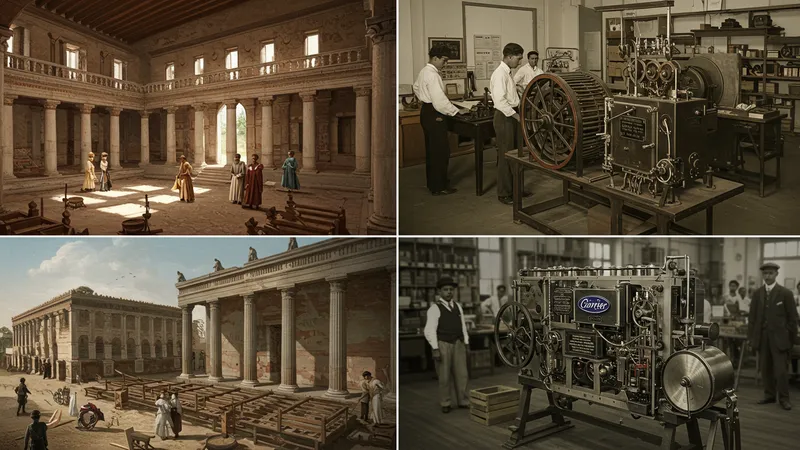
The Essential Guide To Air Conditioners: Cooling The Modern World
The History of Air Conditioning
The air conditioning we take for granted today has its roots in innovation and necessity dating back to ancient history. Even the Romans, ambitious builders they were, employed aqueducts and ventilation systems to cool their palatial homes.

The modern genesis of air conditioning began in the early 1900s with Willis Carrier, who invented the first machine designed to control humidity and temperature for a printing plant. This technological breakthrough set the stage for a new era of comfort in personal and professional spaces. But there’s more to this story…
During the mid-20th century, air conditioning became synonymous with progress. As urban populations grew, so did the reliance on mechanical cooling systems in homes and offices. This transformation wasn’t just about comfort—it also dramatically shaped lifestyles and architectural designs.
From luxury to necessity, air conditioning has become an integral part of daily life. Yet, as we’ve grown to depend on it, the challenges of balancing comfort with sustainability have emerged. Who could have predicted that systems designed for convenience could become critical components in the fight against climate change?